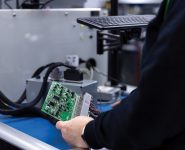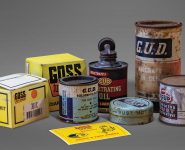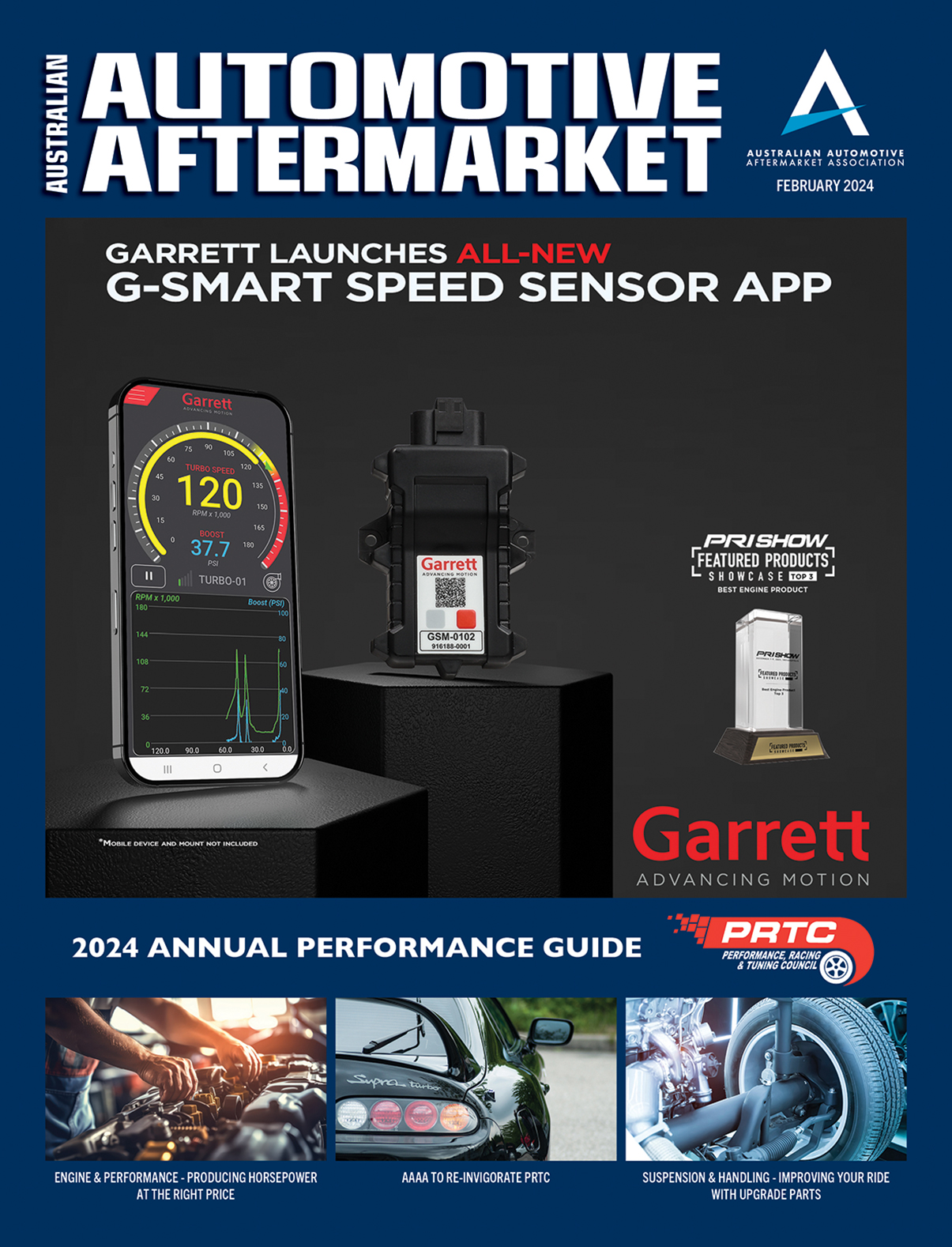HAS FUEL RAIL PRESSURE LET YOU DOWN?
The fuel rail pressure sensor (FRPS) is a key component on any direct injection engine

This sensor is responsible for signalling the correct rail values to the vehicle’s engine control module (ECM) to maintain pressure for a given operating condition.
The ECM is then able to accurately make adjustments to the fuel delivery, fuel injector pulse width and injection timing, to maintain peak performance while maintaining economical operation.
When diagnosing, if all checks prove the sensor is at fault, there is no longer a requirement to replace the entire fuel rail assembly as required by most OE manufacturers.
In most cases this would require the replacement of all single use injector pipes as well. GOSS says its alternative means you can just replace a faulty pressure sensor without the need for also changing ancillary components.
This option not only saves the customer money due to unwarranted parts replacement, but also saves the technician valuable time – meaning the vehicle can be back on the road sooner.
While diagnosing, keep in mind fuel pressure is controlled by a pressure regulator valve (PRV) – sometimes called a suction control valve (SCV), and in most cases is mounted on the return side of the high pressure pump.
Feedback from the FRPS is also used by the ECM to operate a duty cycle controlled solenoid which leaks off fuel – enabling a reduction in rail pressure.
A fault in this vital signalling and control system may cause over or under fuelling, poor running, or even a no start situation. The symptoms may include one or more of the following Diagnostic Trouble Codes:
• P0087 – Fuel rail/system pressure too low
• P0191 – Fuel rail pressure sensor circuit range/performance
• P0193 – The ECM has detected that the fuel pressure is not within desired range
• P0194 – Fuel rail pressure sensor circuit intermittent/erratic
For vehicles presenting with a no start situation or fuel pressure related codes, it is advisable to check the vehicle for possible causes which may include:
• Low or no fuel
• Faulty low pressure fuel pump
• Faulty direct injection/high pressure pump
• Fuel rail pressure sensor wiring is open or shorted
• Fuel rail pressure sensor circuit poor electrical connection
Stocking a comprehensive range of fuel rail pressure sensors, low pressure fuel pumps and also direct injection high pressure pumps, GOSS – vehicle mechatronics says it offers the aftermarket a true genuine alternative when searching for quality replacement parts.
For your nearest stockist, visit www.goss.com.au








